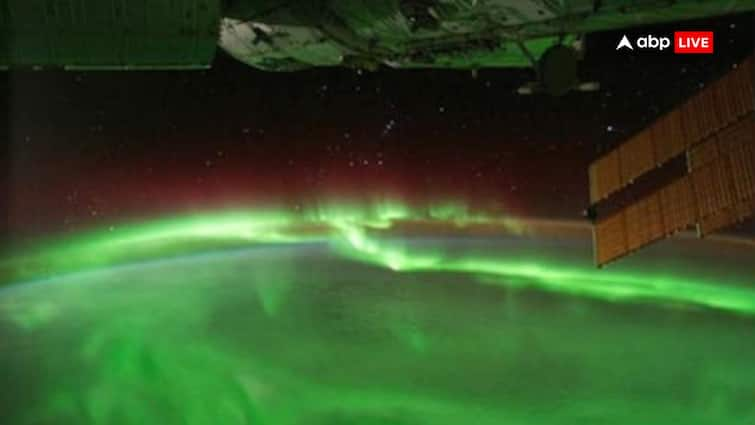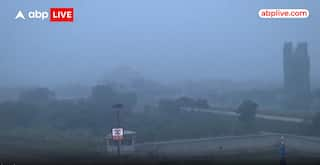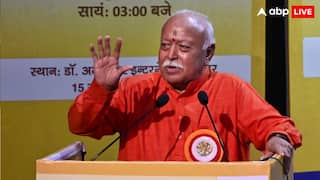Stunning! Astronaut Captures 'Intensely Green' Aurora From Space Station — Watch Video
Astronaut Don Petit captured a spectacular video of the aurora borealis, showcasing its mesmerising green glow and swirling patterns, while flying above it aboard the International Space Station.

In a view only a select few ever get to witness firsthand, an astronaut flying aboard the International Space Station (ISS) captured a breathtaking image of aurora from space, showcasing the glowing green and swirling patterns of the lights dancing across the Earth's atmosphere. Astronaut Don Pettit, who is part of Expedition 72, shared a video of the moment the ISS was flying above the "intensely green" aurora.
Often referred to as the northern lights (aurora borealis) in the northern hemisphere or the southern lights (aurora australis) in the southern hemisphere, the aurora is a natural light phenomenon caused by the interaction between solar particles and Earth's magnetic field.
Auroras are more common near the polar regions, but strong solar storms can expand their visibility to lower latitudes. There are more chances of seeing northern lights around the equinoxes (March-April and September-October) when there are more magnetic storms.
According to Tom Kerss, a northern lights expert, auroras can be visible between "late September and mid-March", and he says being in Norway during this time "during the darkest, moonless nights, and being mobile will greatly improve your chances".
Sweden, Finland, Iceland, Scotland, Northern Ireland, and England are other places in Europe where northern lights are best seen. Other good options are North America, some places in Canada, the west coast of Alaska.
Commonly seen across Antarctica, the southern lights are not as talked about because fewer people live there to watch the phenomenon.
From the ISS, orbiting about 420 km above Earth's surface, astronauts have a unique vantage point to observe and document this phenomenon. Unlike ground-based views, the space station provides an uninterrupted panorama of the aurora's full expanse, allowing for images like this one highlighting the grandeur of the event.
Flying over aurora; intensely green. pic.twitter.com/leUufKFnBB
— Don Pettit (@astro_Pettit) January 6, 2025
How Do Auroras Occur, And Get Their Colour?
When charged particles from the Sun collide with atoms in Earth's atmosphere, they release energy in the form of light, creating the vibrant hues and mesmerising shapes that characterise the aurora. Earth has a magnetic field that prevents these solar particles from causing any harm to us.
The image shared by Don Pettit reveals wisps of green light stretching and curling across the planet, illuminating the darkened expanse of space. The vivid green colouration is primarily due to oxygen atoms in the Earth's atmosphere, which emit green light when energised by solar particles. Occasionally, other colours such as red or purple can also appear, depending on the types of particles and the altitude of the collisions.
Such images offer more than just beauty — they provide scientists with valuable data to study Earth's magnetosphere and the impact of solar activity.






































